Audi 2009 Annual Report Download - page 58
Download and view the complete annual report
Please find page 58 of the 2009 Audi annual report below. You can navigate through the pages in the report by either clicking on the pages listed below, or by using the keyword search tool below to find specific information within the annual report.-
 1
1 -
 2
2 -
 3
3 -
 4
4 -
 5
5 -
 6
6 -
 7
7 -
 8
8 -
 9
9 -
 10
10 -
 11
11 -
 12
12 -
 13
13 -
 14
14 -
 15
15 -
 16
16 -
 17
17 -
 18
18 -
 19
19 -
 20
20 -
 21
21 -
 22
22 -
 23
23 -
 24
24 -
 25
25 -
 26
26 -
 27
27 -
 28
28 -
 29
29 -
 30
30 -
 31
31 -
 32
32 -
 33
33 -
 34
34 -
 35
35 -
 36
36 -
 37
37 -
 38
38 -
 39
39 -
 40
40 -
 41
41 -
 42
42 -
 43
43 -
 44
44 -
 45
45 -
 46
46 -
 47
47 -
 48
48 -
 49
49 -
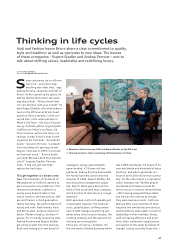 50
50 -
 51
51 -
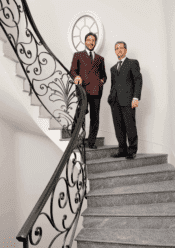 52
52 -
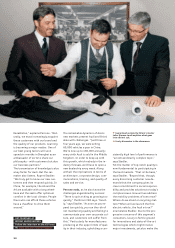 53
53 -
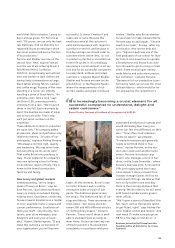 54
54 -
 55
55 -
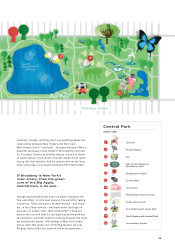 56
56 -
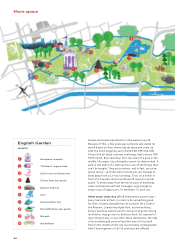 57
57 -
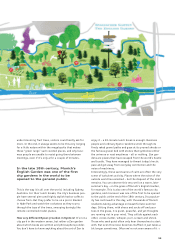 58
58 -
 59
59 -
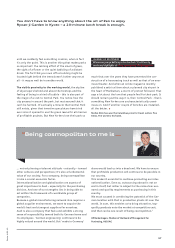 60
60 -
 61
61 -
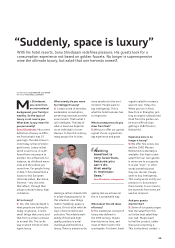 62
62 -
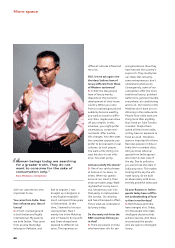 63
63 -
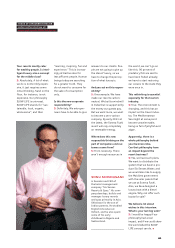 64
64 -
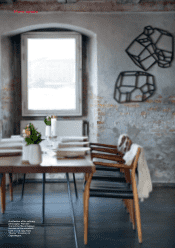 65
65 -
 66
66 -
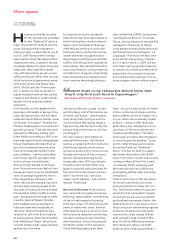 67
67 -
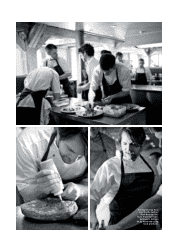 68
68 -
 69
69 -
 70
70 -
 71
71 -
 72
72 -
 73
73 -
 74
74 -
 75
75 -
 76
76 -
 77
77 -
 78
78 -
 79
79 -
 80
80 -
 81
81 -
 82
82 -
 83
83 -
 84
84 -
 85
85 -
 86
86 -
 87
87 -
 88
88 -
 89
89 -
 90
90 -
 91
91 -
 92
92 -
 93
93 -
 94
94 -
 95
95 -
 96
96 -
 97
97 -
 98
98 -
 99
99 -
 100
100 -
 101
101 -
 102
102 -
 103
103 -
 104
104 -
 105
105 -
 106
106 -
 107
107 -
 108
108 -
 109
109 -
 110
110 -
 111
111 -
 112
112 -
 113
113 -
 114
114 -
 115
115 -
 116
116 -
 117
117 -
 118
118 -
 119
119 -
 120
120 -
 121
121 -
 122
122 -
 123
123 -
 124
124 -
 125
125 -
 126
126 -
 127
127 -
 128
128 -
 129
129 -
 130
130 -
 131
131 -
 132
132 -
 133
133 -
 134
134 -
 135
135 -
 136
136 -
 137
137 -
 138
138 -
 139
139 -
 140
140 -
 141
141 -
 142
142 -
 143
143 -
 144
144 -
 145
145 -
 146
146 -
 147
147 -
 148
148 -
 149
149 -
 150
150 -
 151
151 -
 152
152 -
 153
153 -
 154
154 -
 155
155 -
 156
156 -
 157
157 -
 158
158 -
 159
159 -
 160
160 -
 161
161 -
 162
162 -
 163
163 -
 164
164 -
 165
165 -
 166
166 -
 167
167 -
 168
168 -
 169
169 -
 170
170 -
 171
171 -
 172
172 -
 173
173 -
 174
174 -
 175
175 -
 176
176 -
 177
177 -
 178
178 -
 179
179 -
 180
180 -
 181
181 -
 182
182 -
 183
183 -
 184
184 -
 185
185 -
 186
186 -
 187
187 -
 188
188 -
 189
189 -
 190
190 -
 191
191 -
 192
192 -
 193
193 -
 194
194 -
 195
195 -
 196
196 -
 197
197 -
 198
198 -
 199
199 -
 200
200 -
 201
201 -
 202
202 -
 203
203 -
 204
204 -
 205
205 -
 206
206 -
 207
207 -
 208
208 -
 209
209 -
 210
210 -
 211
211 -
 212
212 -
 213
213 -
 214
214 -
 215
215 -
 216
216 -
 217
217 -
 218
218 -
 219
219 -
 220
220 -
 221
221 -
 222
222 -
 223
223 -
 224
224 -
 225
225 -
 226
226 -
 227
227 -
 228
228 -
 229
229 -
 230
230 -
 231
231 -
 232
232 -
 233
233 -
 234
234 -
 235
235 -
 236
236 -
 237
237 -
 238
238 -
 239
239 -
 240
240 -
 241
241 -
 242
242 -
 243
243 -
 244
244 -
 245
245 -
 246
246 -
 247
247 -
 248
248 -
 249
249 -
 250
250 -
 251
251 -
 252
252
 |
 |

55
under blooming fruit trees, visitors could hardly ask for
more. In the end, it always seems to be this very longing
for a little nature within the megalopolis that makes
these “green lungs” such coveted places, and why busi-
ness people are unable to resist going there between
meetings, even if it’s only a for a couple of minutes.
This is the way it is all over the world, including Sydney,
Australia. For their lunch breaks, the city’s business peo-
ple have several piers and highly stylish harbor cafés to
choose from. But they prefer to lie on a picnic blanket
in Hyde Park and watch the cockatoos as they scurry
through the tops of the trees, swooping daringly like
remote-controlled model planes.
How very different Ryoan-ji Garden in Kyoto is! It’s not a
city park in the western sense, but rather a Zen garden
about which books are written and philosophers ponder.
You don’t have to know anything about the art of Zen to
enjoy it – a 20-minute lunch break is enough. Business
people and ordinary Kyoto residents stroll through its
finely raked gravel paths and gaze at its pruned shrubs or
the famous gravel bed with stones that symbolize either
the universe or vast emptiness – all or nothing. Zen gar-
dens are places that have escaped from the world’s hustle
and bustle. They have managed to thwart today’s hectic
pace and get away from everyday commotion and the
noise of machinery.
Interestingly, these sanctuaries of calm are often the very
scene of turbulent activity. Places where the noise of the
outside world has vanished – but the disquiet of the mind
remains. You can observe this very well on a warm, late-
summer’s day – on the grass of Munich’s English Garden,
for example. This is also one of the world’s famous city
gardens, and moreover was one of the first to be opened
to the public at the end of the 18th century. Its popular-
ity has continued to this day, with thousands of Munich
residents taking advantage on beautiful late-summer
days. Sitting there, with shoes and socks off and your
toes in the grass, it is quiet, peaceful, and yet thoughts
are running riot in your mind. They collide against each
other, voices clatter, whisper, purr, scream and shriek.
Those who seek quiet often only hear themselves to start
with. But even this noise becomes muffled; it just takes a
bit longer sometimes. Often we’re not even aware of it
In the late 18th century, Munich’s
English Garden was one of the first
city gardens in the world to be
opened to the general public.
